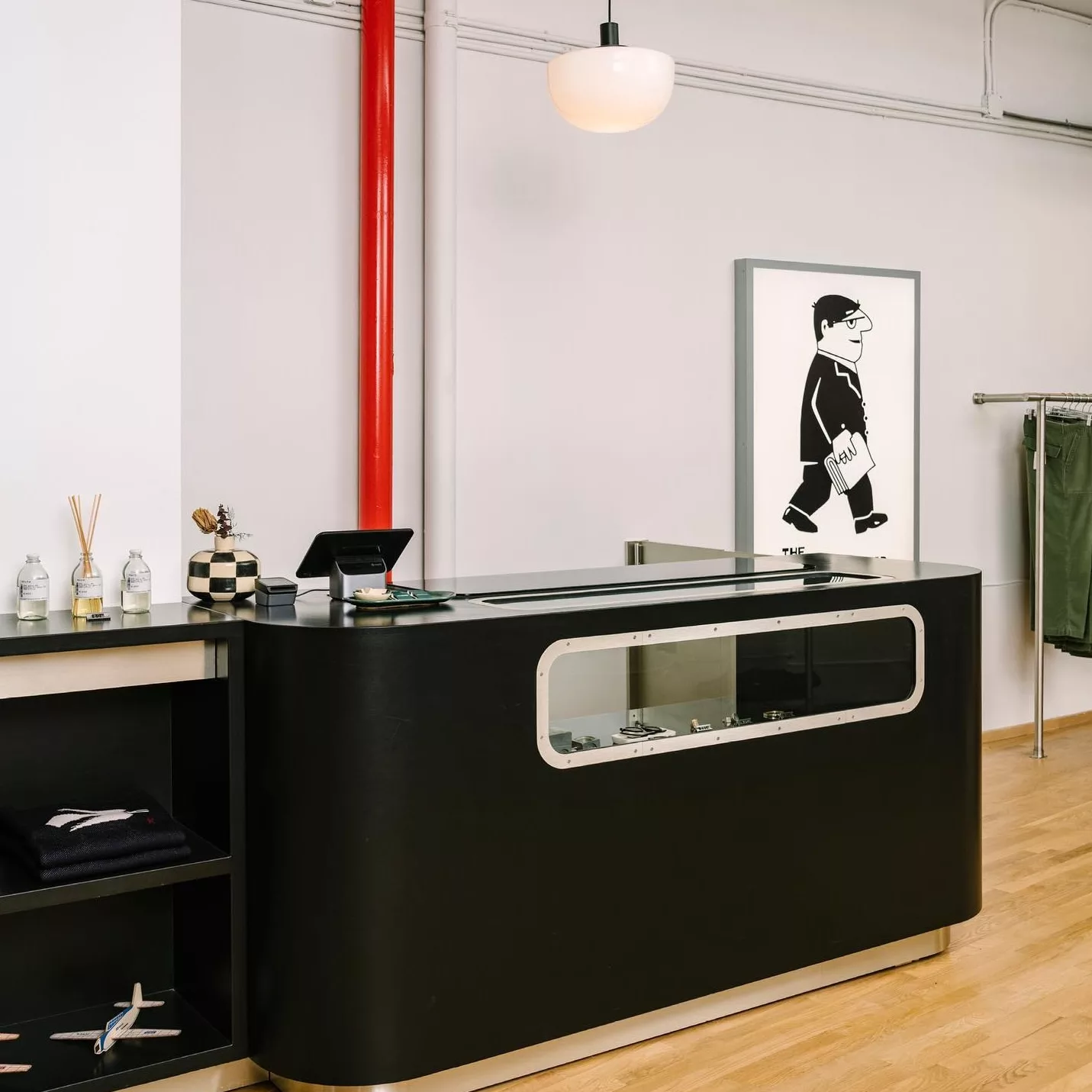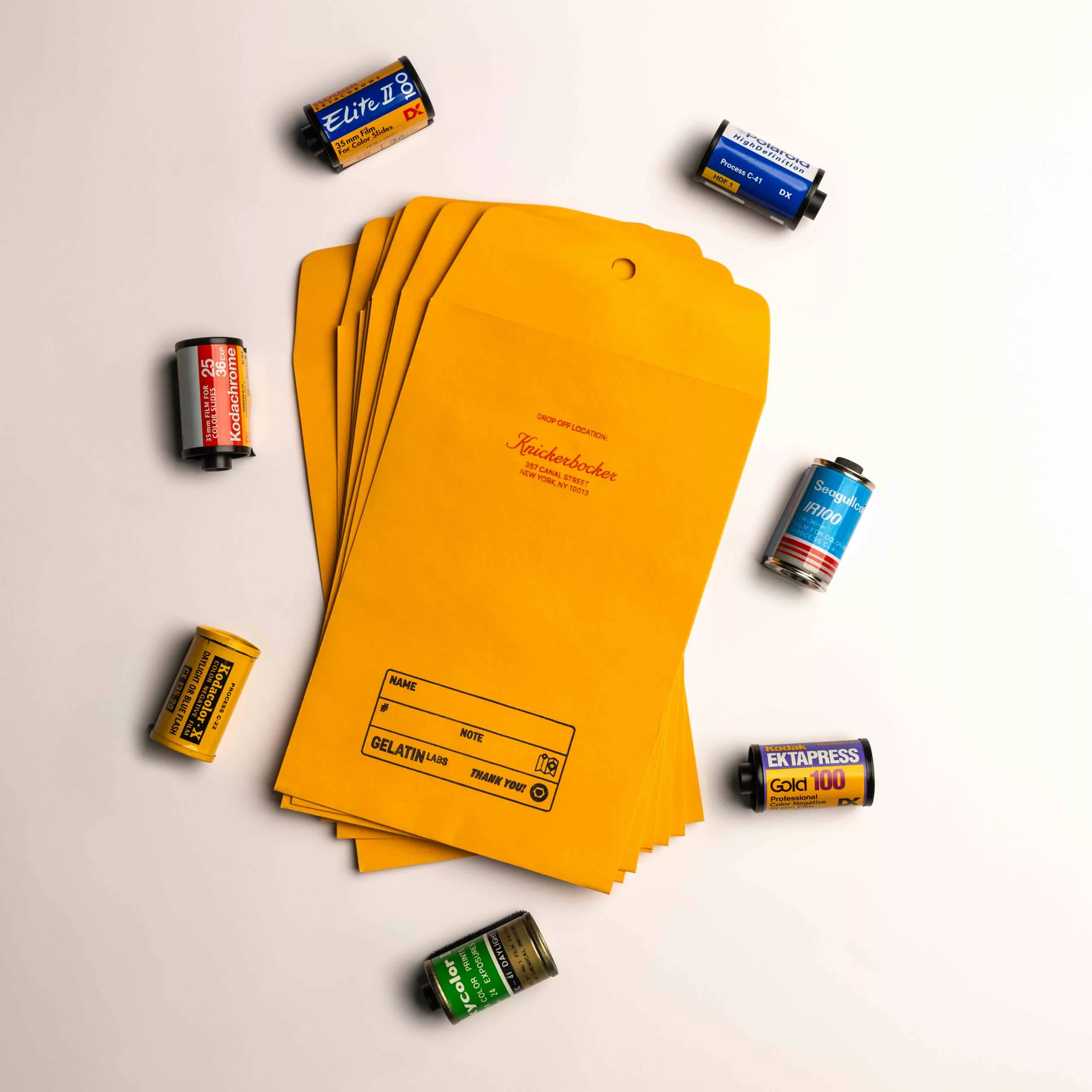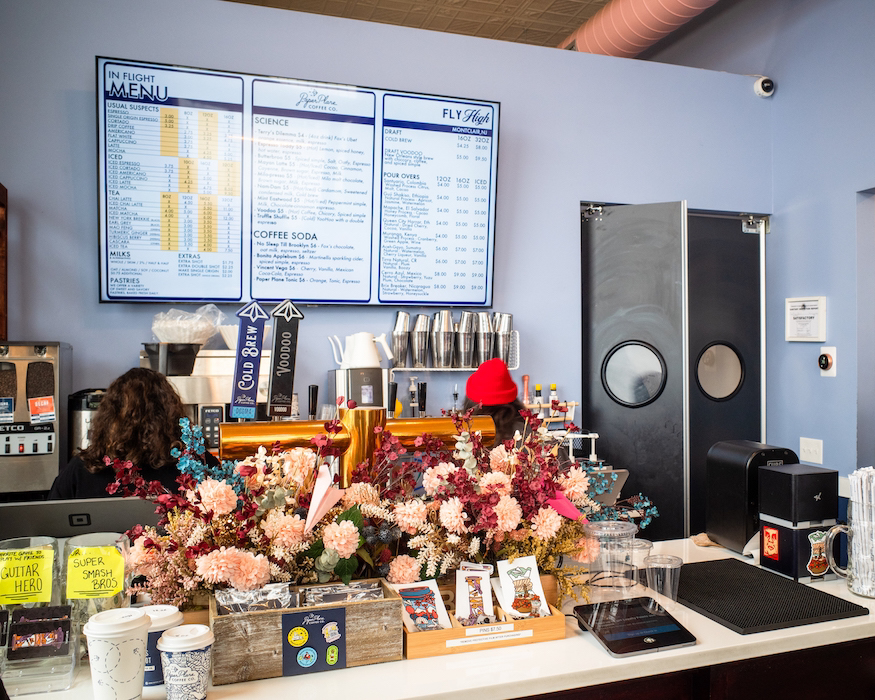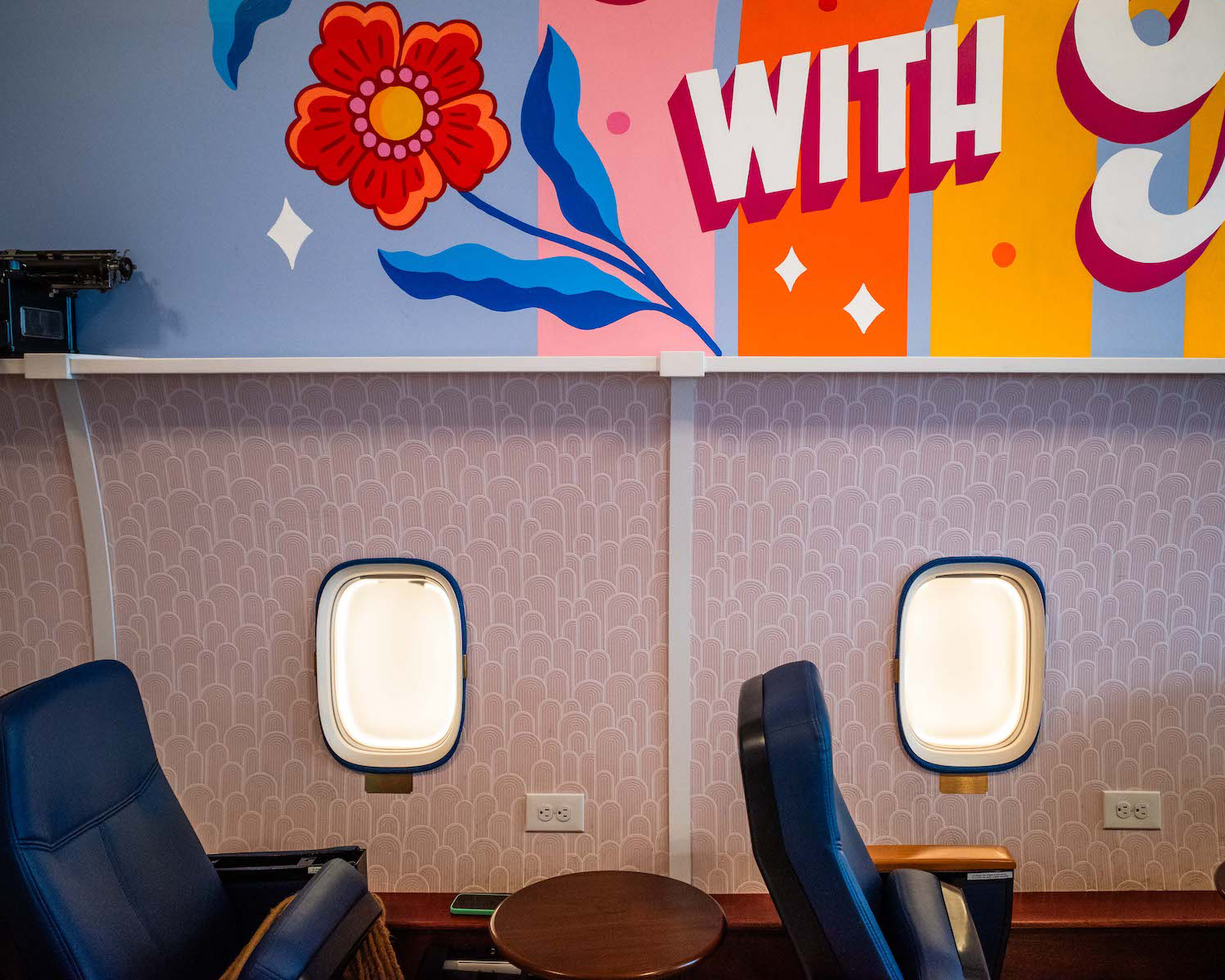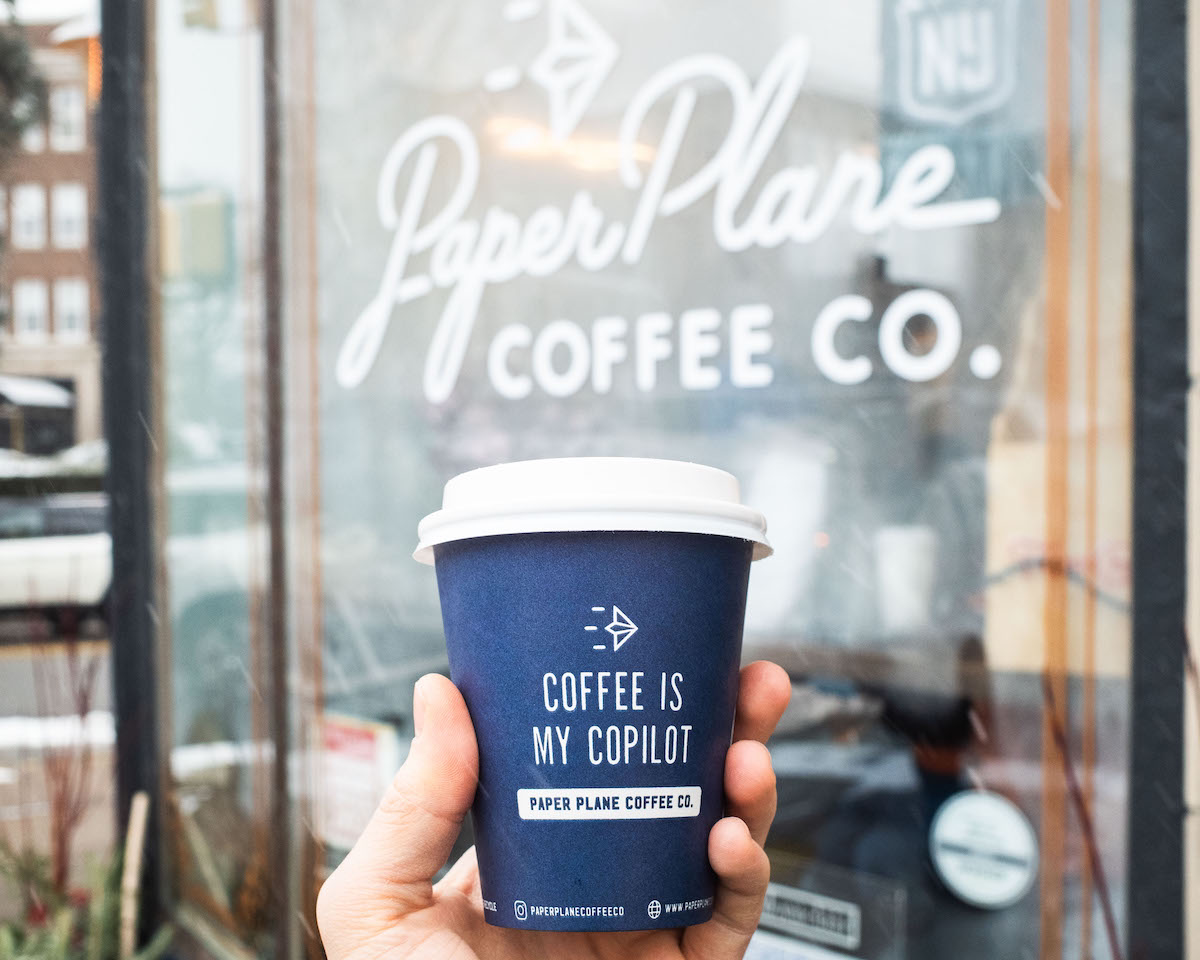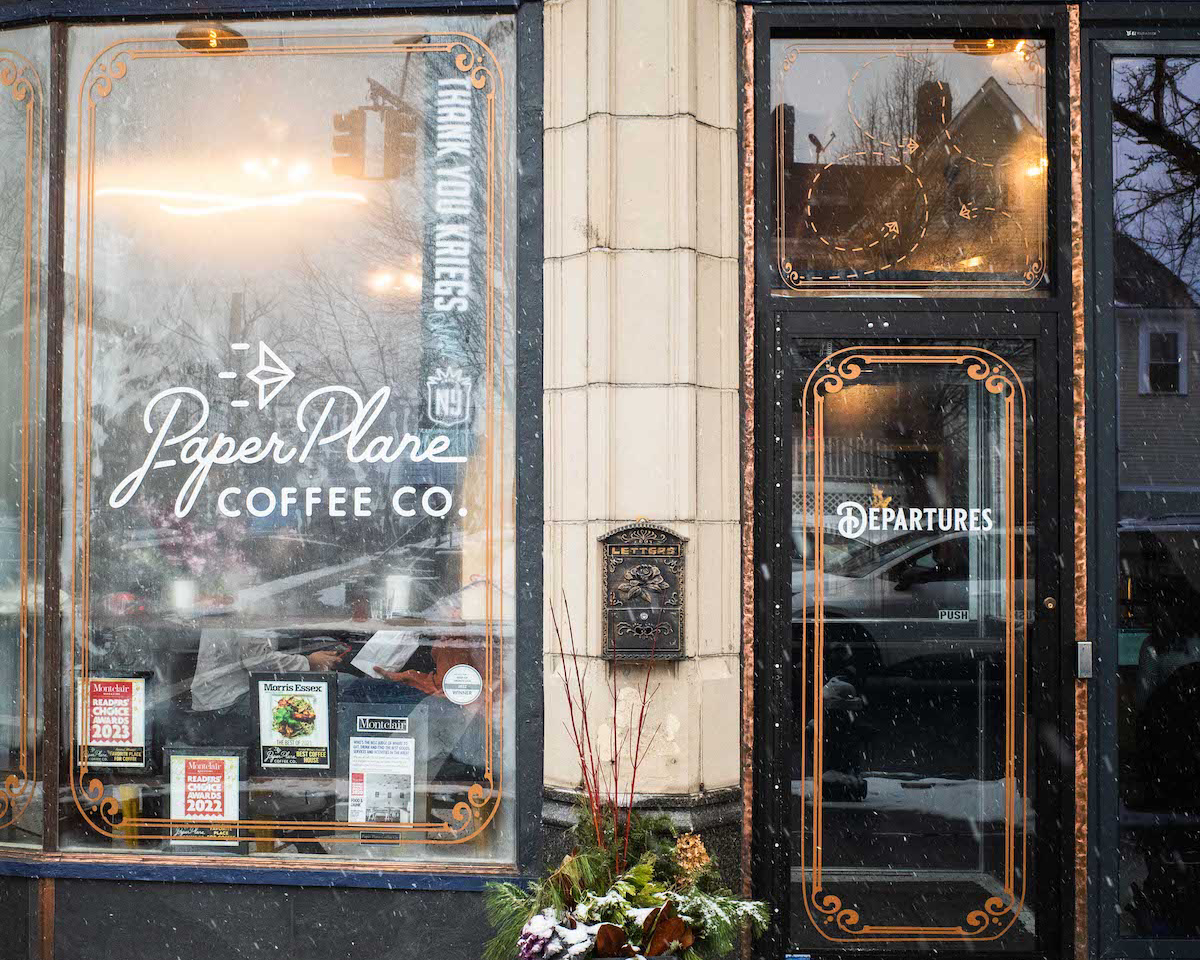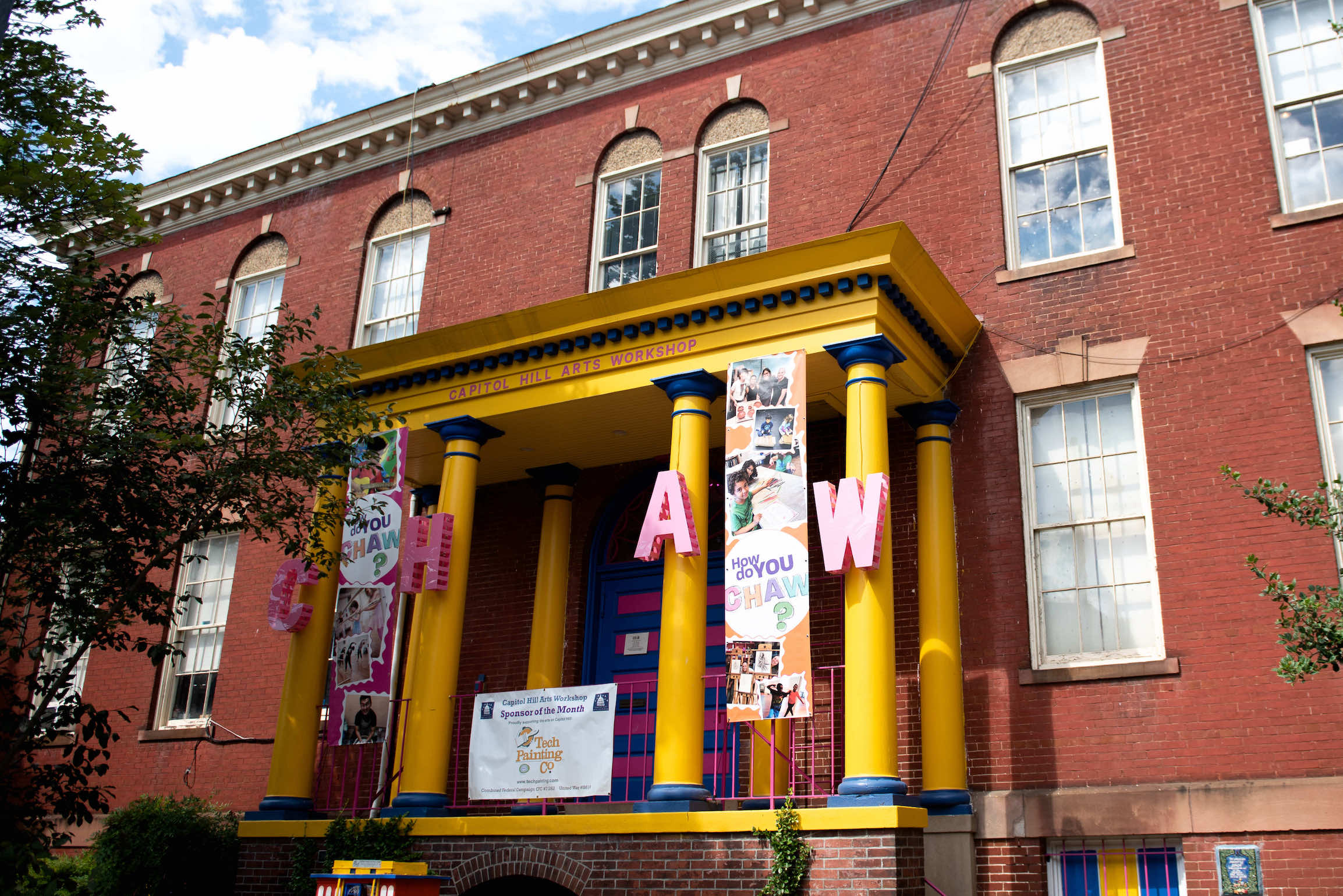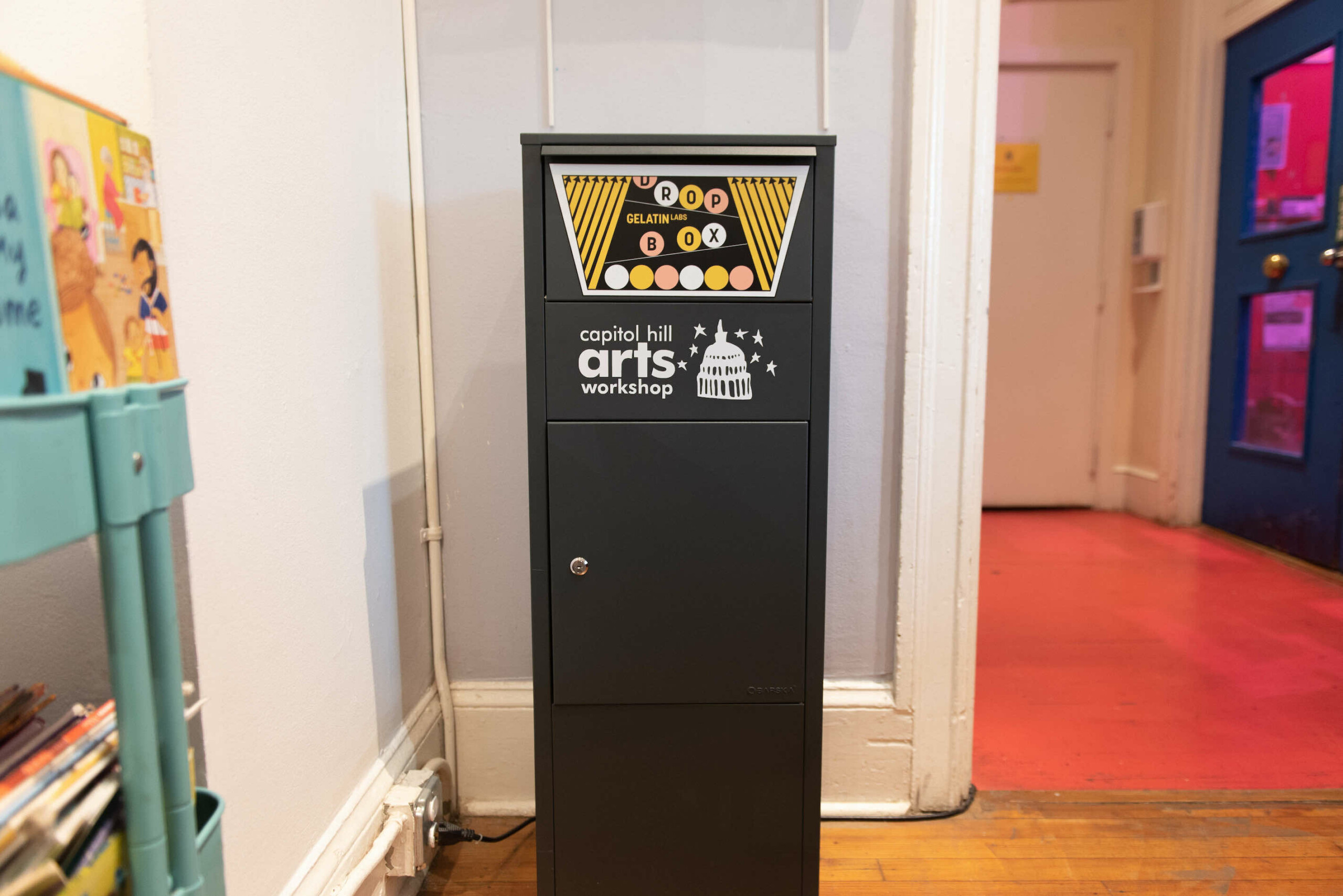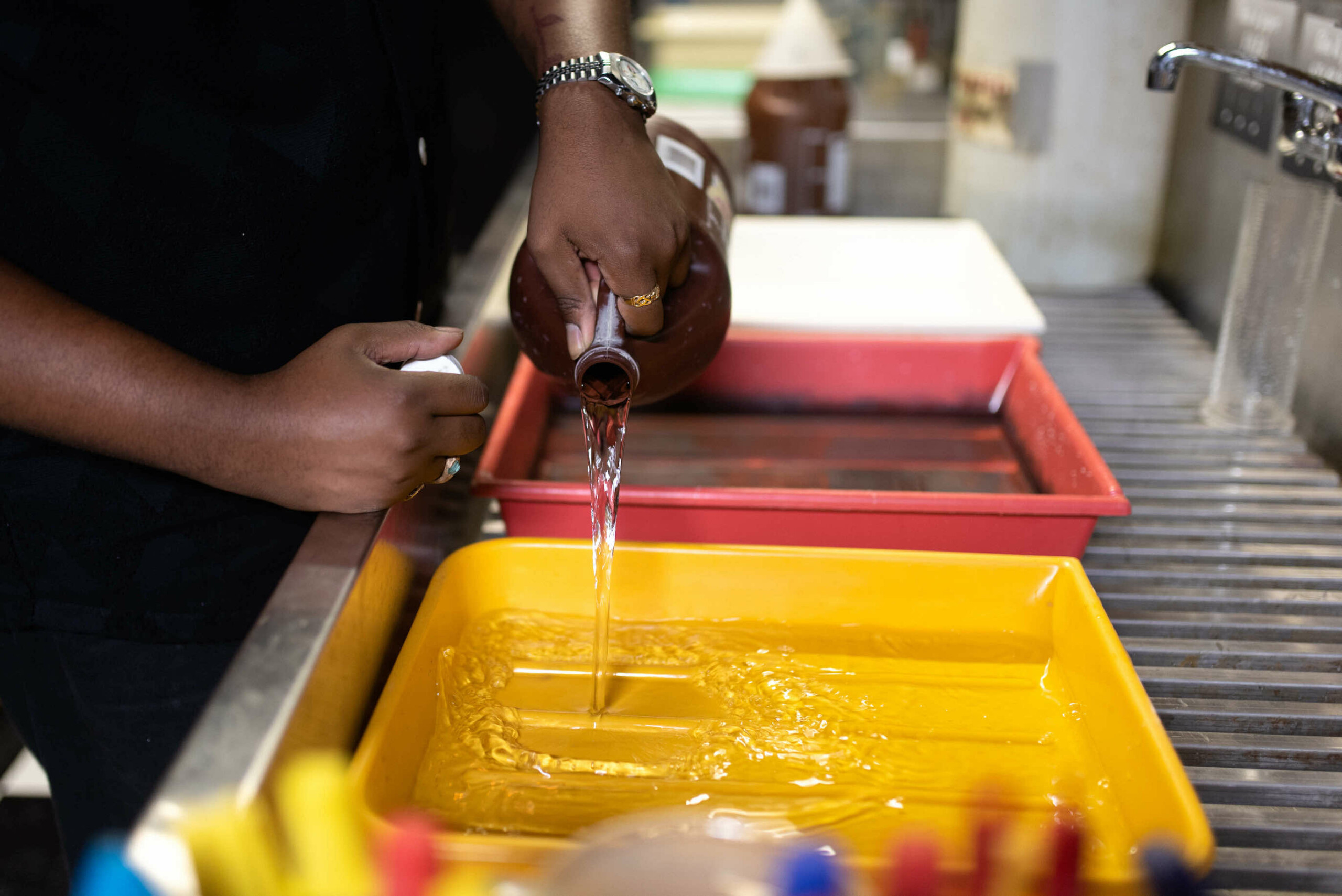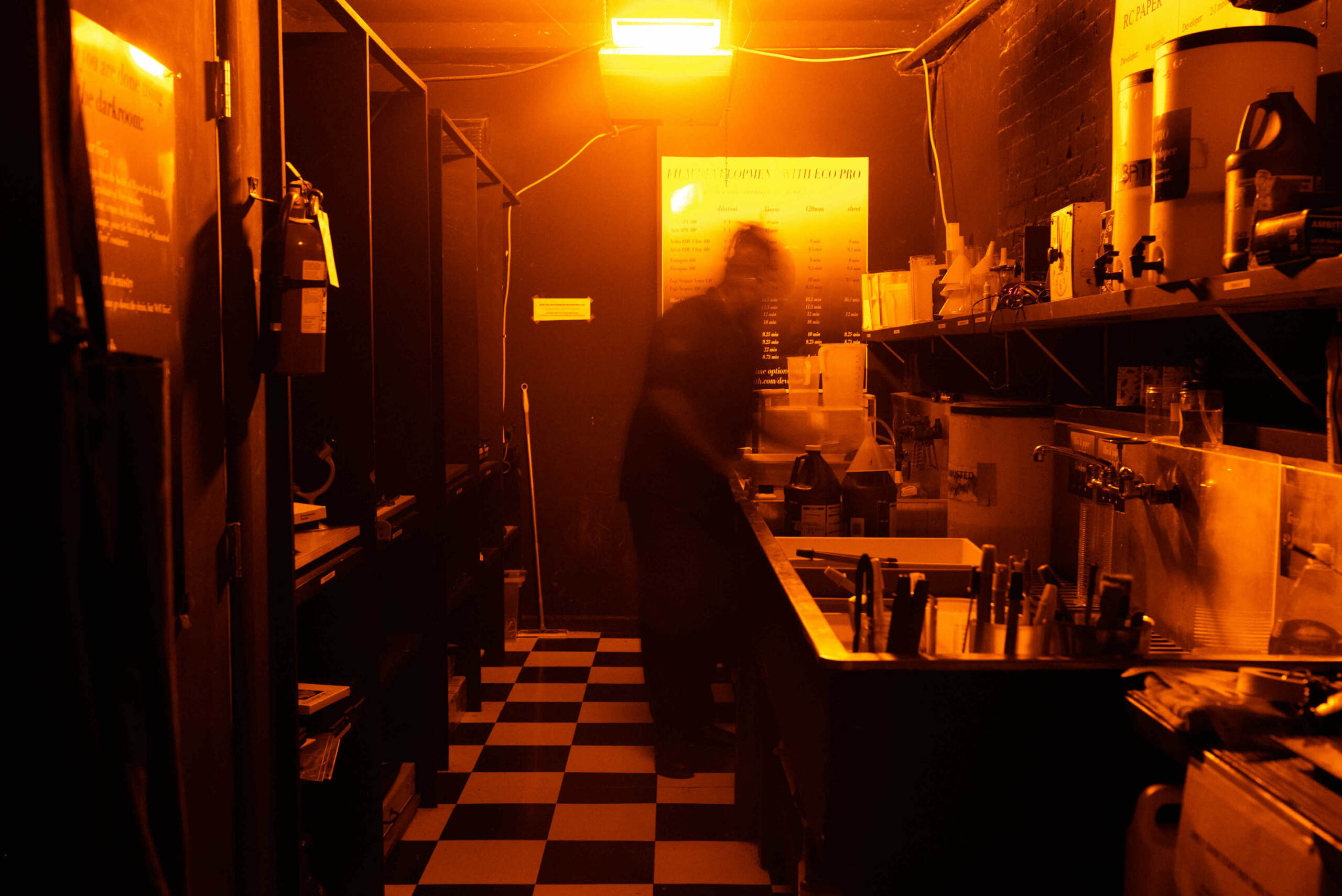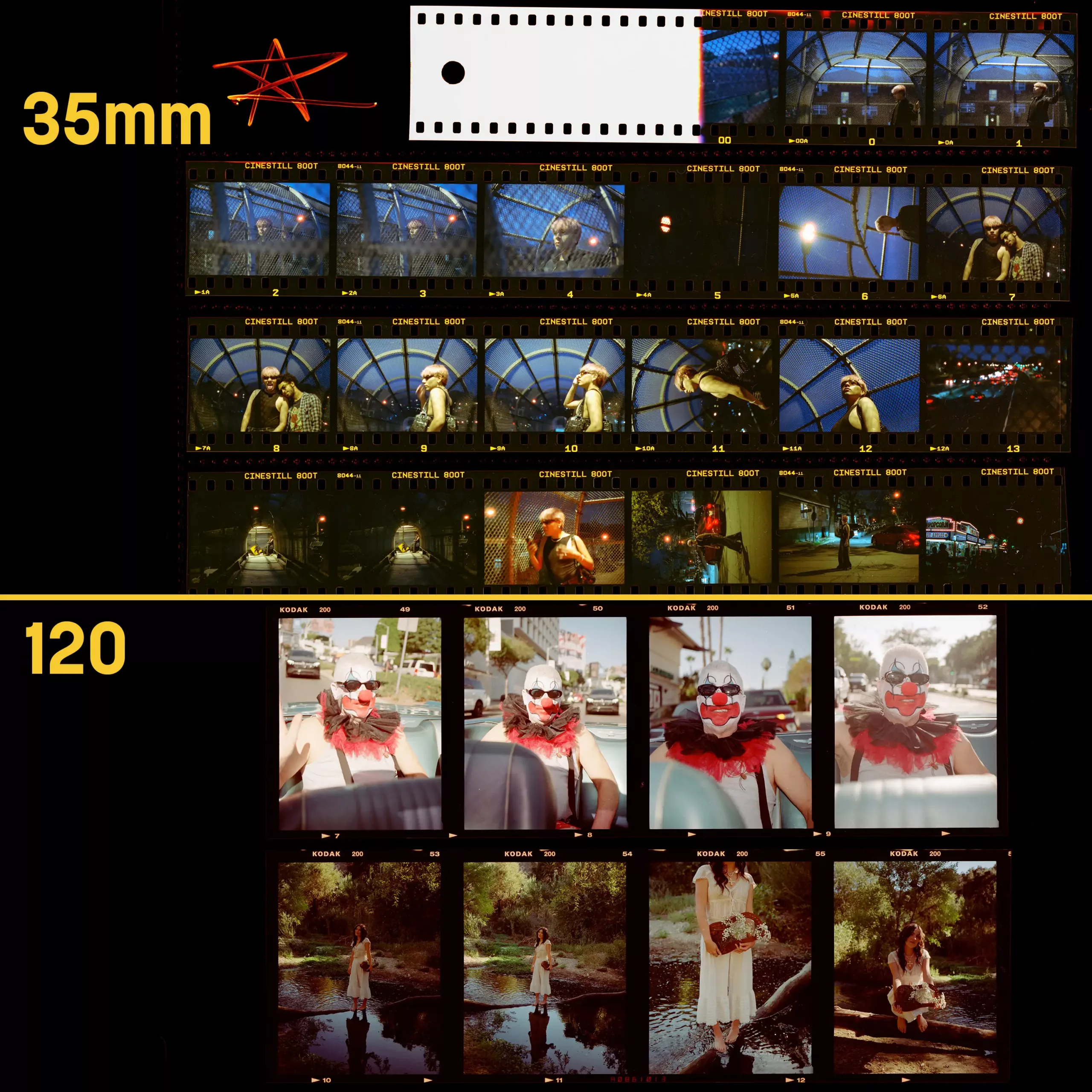| Film photography is more than snapping pictures—it’s an art, a craft, and, yes, sometimes, a test of patience. For beginners, it can feel a bit like stepping into a flea market without knowing what you’re looking for. Among the most common choices you’ll face is picking between 35mm and 120 film. No need to feel overwhelmed—we’re here to break it all down. In this article, we’ll compare 35mm and 120 film, highlighting the key differences to help you understand which will be the best fit for your photography. |

Why “35mm” and “120”?
We know these labels refer to two different film formats but how these names originated might not be as obvious.
120
- Kodak introduced 120 film in 1901, and gave it its name using their standard numbering system (which started at 101) as it was the 20th daylight-loading roll film. Although the label of 120 does not refer to a measurement as is the case with 35mm, 120 film is about 61mm wide. Originally designed for amateur photography, 120 was eventually replaced by 35mm film for this purpose.
35mm
- Measuring 35 millimeters in width (including sprockets–which 35mm have while 120 film does not) this film was adapted from cinema film in the early 20th century. You may also hear this film size referred to as 135 due to it’s product number in Kodak’s numbering system when it was introduced in 1934. Compact and easy to use, 35mm quickly became the go-to format for everyday photographers.
Think of it this way—35mm grew out of a desire to shrink film into something manageable, while 120 stayed big to capture as much detail as possible.

Shot by @portra_papi
Frames & Exposures Comparison
Film photographers often look at frame counts when deciding between formats. Here’s how the two compare:
35mm
- Standard rolls give you 24 to 36 exposures, making it great for practice and experimentation. Traditional frame sizes fit a 3×2 aspect ratio measuring 36mm x 24mm.
- There are also half-frame cameras that allow you to get up to 72 exposures out of the conventional 36-exposure roll.
- Ideal for those looking for a more flexible and carefree shooting experience.
120
- With medium format cameras, you can choose from various frame sizes depending on the camera you’re using, so frame counts will vary.
- 6×4.5 (645): Up to 16 exposures
- 6×6: 12 exposures
- 6×7: 10 exposures
- 6×8: 9 exposures
- 6×9: 8 exposures
- Fewer frames mean you’ll need to be more intentional with each shot.
For longer shooting sessions and quicker learning, 35mm is your best bet. If you’re all about carefully composed shots and detail, 120 film is a rewarding challenge.
Each format suits different creative goals, and your choice of camera will determine what’s available. Notable cameras like the Hasselblad 500CM (6×6) and the Mamiya RB67 (6×7) are incredible examples of medium format power.

An example of 6×7 aspect ratio | Shot by @filmbitt – Mamiya RZ67 / Portra 400
Cost Comparison of 35mm vs 120 Film
When it comes to cost, there are some key things to keep in mind:
- Costs per roll will vary between film stocks but when comparing a roll of 35mm to a roll of 120 that are the same film stock , a roll of 120 tends to be slightly cheaper than a roll of 35.
- However, when it comes to cost per shot, 120 ends up being the more expensive option. With 35mm you’ll get 24 to 36 exposures per roll as opposed to 8-16 exposures per roll of 120, giving you more bang for your buck.
- Start with 35mm film to build confidence and save money. The lower cost per shot makes 35mm better for experimenting and getting familiar with film photography. Mistakes are part of the game, and 35mm gives you the freedom to make them without much regret.
- Higher-quality negatives come at a higher cost. Once you’re ready to intentionally slow down and interested in capturing greater detail in your images, try 120 film for a premium experience.
If you’re currently in the market for a roll of 35mm or 120, we sell a variety of both formats in our film shop!

The Higher Quality of 120 Film
Here’s where 120 film truly shines.
Details & Tonal Range:
- Significantly more information captured per frame compared to 35mm.
- Perfect for shots where you want every pixel (or grain) to count.
Artistic Appeal:
- Popular for professional-grade portraiture and stunning landscapes.
- Has that undeniable “wow factor” with its depth and detail.
When It’s Worth It:
- If you’re shooting for a project requiring galleries, prints, or serious impact, medium format is your hero.
- For casual shooting, though? Stick with 35mm. You’ll save money and still create captivating photos.

An example of 6×4.5 aspect ratio | Shot by @b.kru – Pentax 645 / Portra 160
How to Decide Between 35mm and 120 Film
Not sure which one to pick? Here’s a quick guide:
Choose 35mm film if:
- You’re a beginner or on a budget.
- You want something easy to handle and develop.
- You love snapping lots of photos without needing to pause and reload often.
Choose 120 film if:
- You’re after medium format images with stunning detail and tonal depth.
- You’re ready to be patient with fewer shots per roll.
- You enjoy crafting intentional compositions and elevating your photographic style.
Remember, there’s no hard or fast rule—you can explore and enjoy both formats over time.

35mm contact sheet by @4l3y4h | 120 contact sheet by @carianneolder
Closing Thoughts
Both 35mm film and 120 film bring something special to the table. In short, they’re different, each suited to different needs, it’s not about choosing one over the other but understanding which is right for your .
- If you’re just starting, 35mm is approachable, forgiving, and fun.
- Once you’re comfortable, give 120 film a go for that jaw-dropping image quality.
The beauty of film photography is in the exploration. No matter which format you start with, it’s the experience that truly counts. Got questions? Reach out—we’d love to be part of your film photography adventure. And don’t forget to share your work with us by tagging us in your shots!


